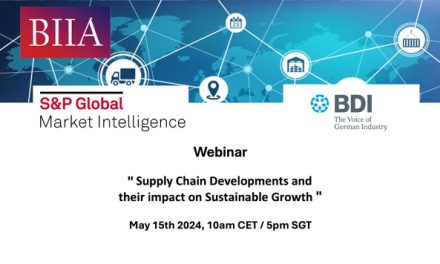Moody’s: Economic Recovery will Stabilize in APAC, Despite Risks from the Pandemic and Secular Trends
- The gradual recovery reflects the reopening of economies on the back of increasing vaccination rates, continued fiscal and monetary support and strong external demand
- But growth disparities will remain as the pandemic, geopolitical tensions, supply chain reconfiguration and climate considerations exacerbate differences
The pace of economic growth across the Asia-Pacific will stabilize in 2022, supporting a broad normalization of credit conditions across sectors. That said, risks from the ongoing pandemic and other secular trends will remain, according to a new report by Moody’s Investors Service.
“The gradual recovery to pre-pandemic output levels in APAC will reflect the reopening of economies, underpinned by rising vaccination rates, continued monetary or fiscal support that will wind down only gradually, and robust external demand fueled by household spending, inventory restocking and global capital spending growth,” says Nishad Majmudar, a Moody’s Assistant Vice President and Analyst.
Nevertheless, growth disparities within the region and across sectors will remain stark as countries’ pandemic management, vaccination rates and secular trends amplify differences. Credit conditions will hinge on countries’ capacity to control new virus variants and adapt to endemicity, policymakers’
ability to maintain monetary or fiscal accommodation amid inflationary pressures, and the extent of international travel recovery.
Developments in the US (Aaa stable) and China (A1 stable) will also be important credit drivers. A faster pace of monetary policy normalization in the US would negatively affect issuers reliant on dollar financing and drive capital flow volatility. In China, any policy missteps in the country’s efforts to contain the impact of its property sector downturn and address social and income inequality could weaken its economic growth, with implications for the region’s economies.
Several secular trends will continue to present longer-term credit implications for Asian issuers. Automation, supply chain reconfiguration and geopolitical tensions in parts of the region will affect the technology and manufacturing sectors. And an increased focus on carbon  neutrality will be negative for the region’s export economies that are unable to achieve their own decarbonization goals.
neutrality will be negative for the region’s export economies that are unable to achieve their own decarbonization goals.
Source: Yahoo Finance news


























